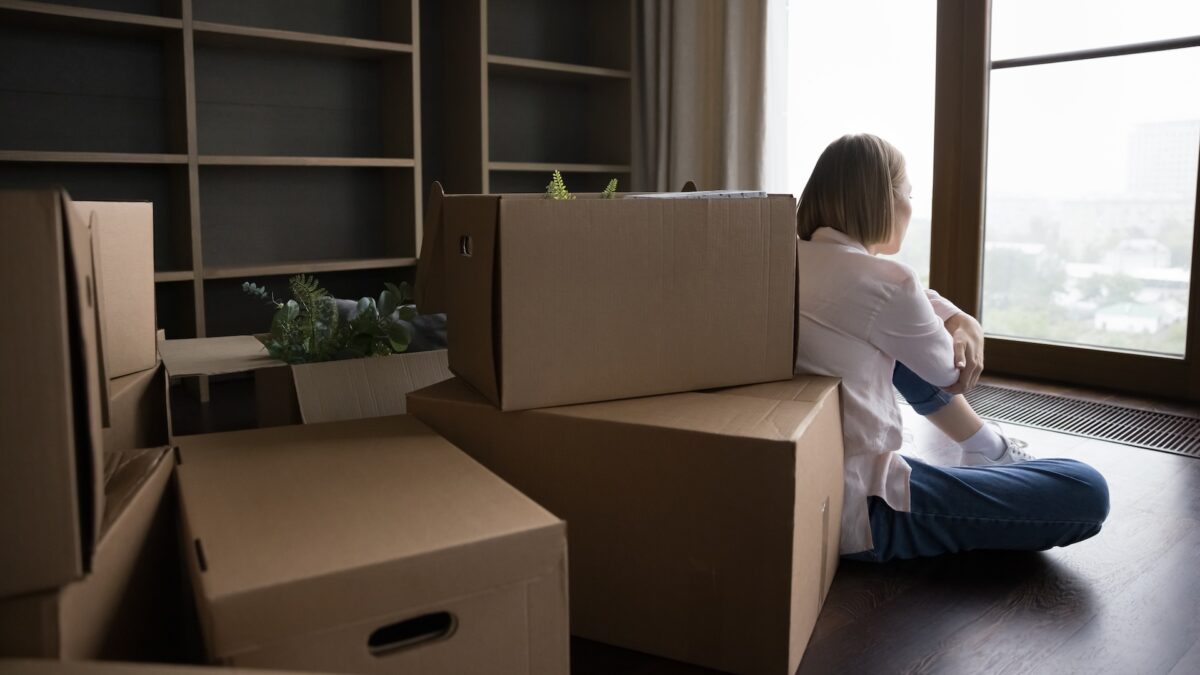When the kids are away, the adults will play — at least that’s the mindset of today’s empty nesters. Regardless of whether they are retired, semi-retired, or still working, modern empty nesters are a different breed than previous generations.
According to The Boston Globe, empty nesters are looking for the trifecta of freedom, community, and adventure — and they are finding it in different ways. The rise in active adult communities, tailored to adults 55 and older, has brought solutions, such as smaller homes in developments that offer activities like book and gardening clubs, golf, tennis, dance lessons, and yoga. Some empty nesters trade in the big house in suburbia for a simpler, urban lifestyle, while some may even hit the road in an RV.
The Washington Post reports that more adults are looking for housing that suits their current situation, not their previous one, now that the kids are no longer living at home. While previous generations saw parents living in the “family home” long after the family flew the coop, today’s parents are moving to smaller homes that fit their needs. Many opt for a single-level home, sparking a building boom in one-story homes with less square footage. Another common theme is an open floor plan that allows them to do more with less space.
Regardless of what path empty nesters take, there is really no one-size-fits-all solution, but in virtually every situation, it requires some serious re-thinking of what they need to fit their new lifestyle.
The Downsizing Decision
Linda Allen and her long-time fiancé, Ron Sturgeon, lived in a 10,000-square-foot mansion in an upscale suburb of Fort Worth, Texas, for several years when they decided to try something entirely new. Sturgeon had three adult sons, and both of Allen’s sons were out of high school, so the six-bedroom house was underused.
“We realized that we were only using the kitchen, the bedroom, and the bathroom,” Allen says. “You should enjoy where you live, and we just weren’t using it.”
No longer concerned about having a fenced yard for the kids to play or the schools available nearby, they began looking at their options and agreed on something that was a 180-degree turn from their stately home with two five-car garages: a two-bedroom condo in the heart of downtown Fort Worth. It hit all three of those common desires for freedom, community, and adventure, Allen says.
“We love the lack of maintenance, and we think of it as smart living instead of having all that empty space,” she says. “We really did look at it as an adventure, so we decided to rent for a couple of years to see if we really liked it. And we just fell in love with this way of living.”
Today, they walk to restaurants or the grocery store instead of driving. Allen says they don’t miss a big backyard because she can walk to the dog park — where her dogs can run free and she meets new friends.
“We meet new people every time we go out,” she says. “We love that.”
The Paring-Down Process
Living in a smaller space means you truly can’t take it with you — and that can be a good thing. Along with the attraction of less space, downsizing is the opportunity to reinvent the look of your home.
Those who are coping with an empty nest find that their current furniture may not fit the look or size of their new space, but they still want the high-end finishes and furniture of their previous home.
The new downsizing boom has caused a spike in the sale of used furniture, appealing to adults who want a new look and seek quality but who don’t necessarily want to pay top dollar to achieve that look.
“This is a time to have fun with it. Try something new that you always wanted to do,” Allen advises.
To find a new look you love, consider buying high-quality used furniture and see how CORT Furniture Clearance Center can help you get the right pieces for less.




